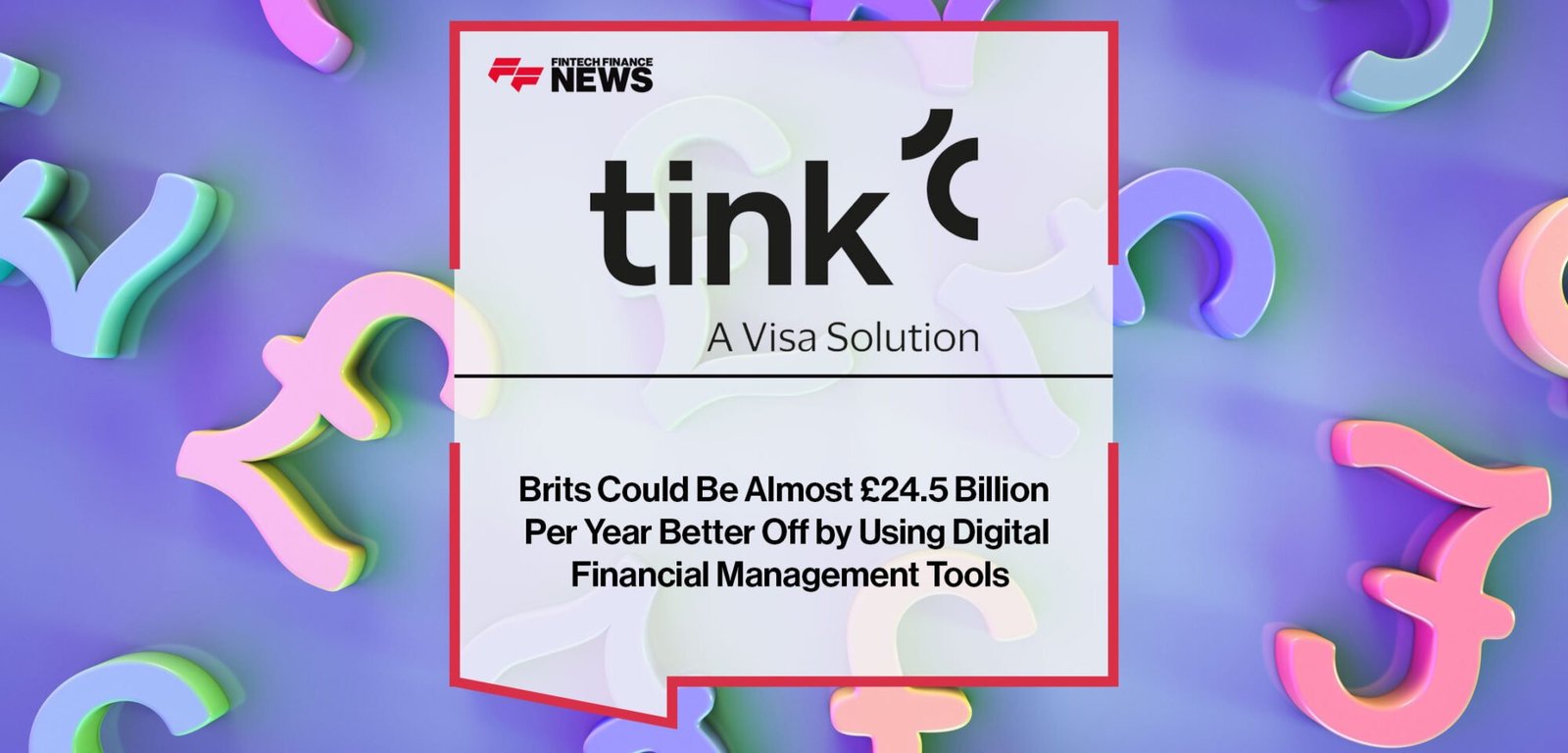Consumers across the UK who are using digital financial management tools report being on average £37.08 better off per month, or £445 better off per year, compared to pre-adoption. Today, as many as 7.6 million Brits are already using digital financial management tools, meaning this group is gaining up to a total of £3.38 billion collectively each year.
If we widen this out, and every person in the UK over the age of sixteen started using digital financial management tools, this could represent the equivalent of a potential extra £24.5 billion going into consumer wallets each year.
This is according to new research released by Tink, a market-leading data enrichment and payment services platform.
Consumers using digital financial management tools to improve financial health during the cost of living crisis
Tink’s research comes at a time when an estimated three quarters (75%) of consumers surveyed across the UK say they are mindful about what they are buying because the cost of goods is so high.
When asked about personal finance goals for the year ahead, almost half of consumers surveyed said they wanted to build savings pots (49%). More than a quarter surveyed want to cut off unnecessary expenses (27%) or build an emergency fund (26%).
It is no surprise therefore that consumers are using the money saved through digital financial management tools to work towards these personal finance goals. Over a third (39%) of those surveyed used the extra funds to increase their savings contributions and almost one in four (23%) paid down their debt.
This suggests a clear link between using these services and improved financial health.
Digital financial management tools build engagement and loyalty for banks
Banks seeking a competitive edge have an opportunity to capitalise on clear consumer demand for digital financial management tools. Half of consumers (50%) surveyed would like their banking app to help them track spending on subscriptions, and over a third (37%) would like their bank to give them better visibility over their finances.
The survey also suggests that some consumers are more likely to consider switching banks to gain access to better support and tools to help them manage their finances. Over a third (36%) of respondents say they would switch to another bank if it provided them with tailored support to meet their financial goals. A similar number (32%) would switch to another bank if it provided them with tools to track and manage their spending.
As well as driving loyalty and engagement, respondents from a separate Tink survey of banking executives reported additional benefits from providing these services. Almost half (46%) of banks offering digital financial management tools reported seeing increased ‘top of wallet’ behaviour in consumers – such as greater card usage and higher payment volumes.
Jack Spiers, UK&I Banking & Lending Director at Tink, comments: “It’s clear that financial management tools can make a material difference to a consumer’s finances. In addition to improved financial health, our research shows consumers have also reported a wide range of wellbeing and lifestyle benefits. These vary from reduced stress levels to increased happiness, as well as less time spent on managing money.
“At the same time, there are clear advantages to banks offering these tools to their customers. In a competitive retail banking market, banks have an opportunity to differentiate their offer and meet evolving consumer expectations by helping their customers better manage their finances.”











